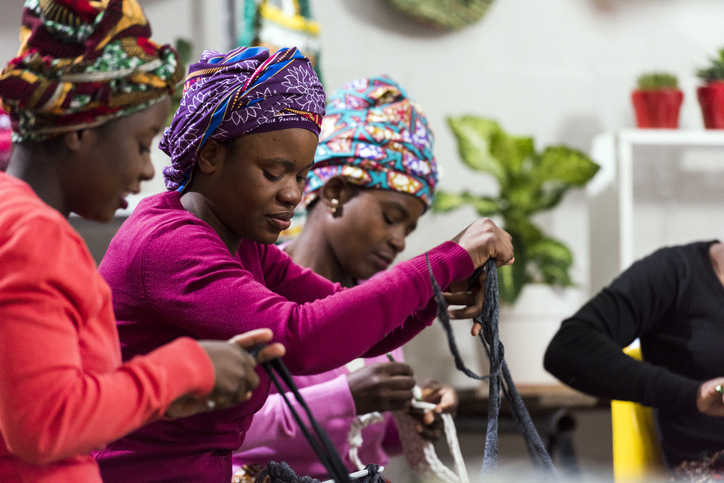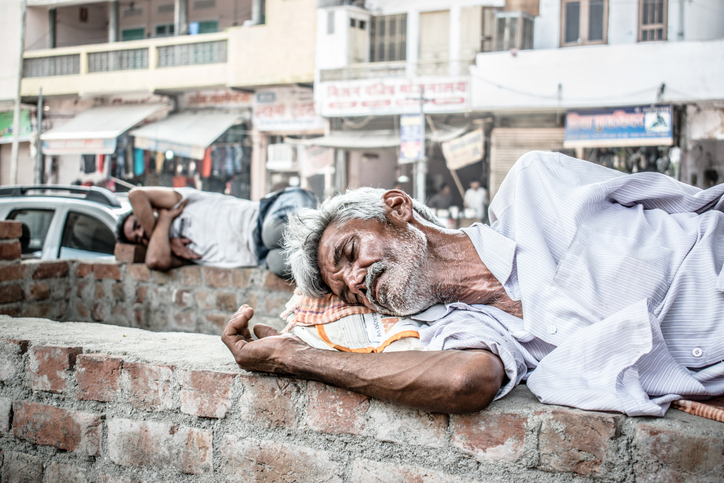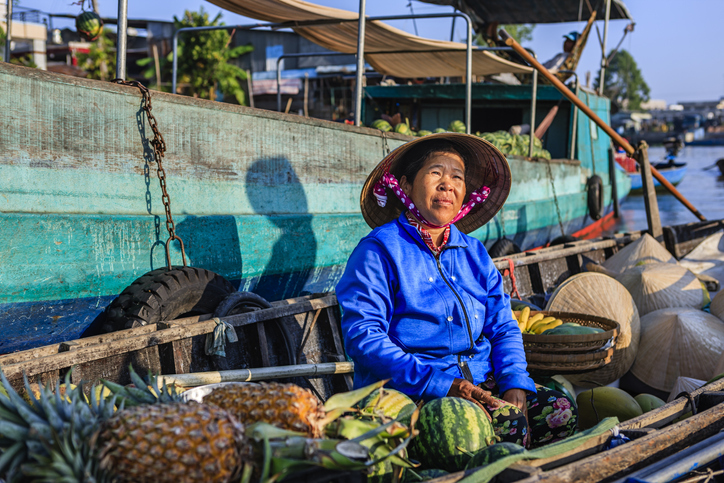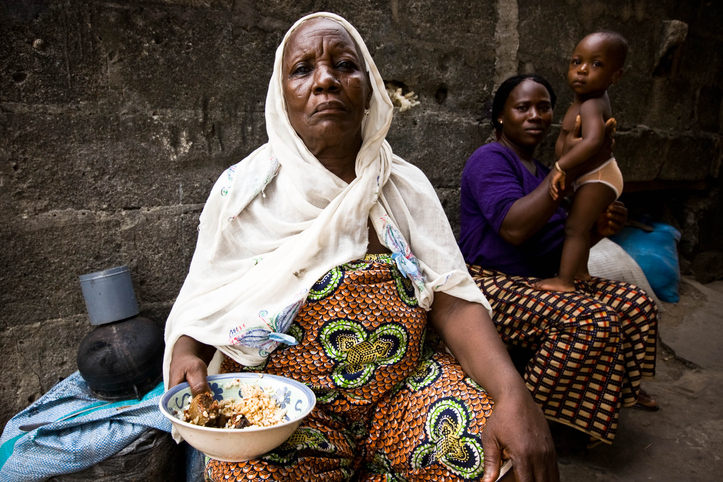Affirmative action is a widely used policy tool, effective for increasing the voice and opportunities of members of disadvantaged groups. But as this column reports, the process of changing norms through affirmative action can also face a transitory backlash, which undermines some of the gains made. Work is needed on the design of affirmative action policies to limit the risk and duration of such backlash.
More than 100 countries have electoral quotas for women and/or minority groups, making it a widespread policy tool for increasing equality. But while identity-based quotas are the most efficient tool we know of at this point, a recent body of research suggests that implementing such affirmative action may induce a backlash. Whether a backlash takes place is a key policy question, as it would diminish the effectiveness of affirmative action.
India practices large-scale affirmative action to tackle the legacies of widespread caste-based discrimination. In particular, it implements electoral caste quotas for political representation in local Panchayat elections. Local electoral quotas ensure by law political representation for members of the Scheduled Castes, who have historically suffered intense discrimination and been labeled ‘untouchables’. The quotas rotate across villages of the sub-continent, and for each election in each village, they indicate whether the village head should belong to a Scheduled Caste.
The implementation of the Panchayat quotas has been subject to some resistance in a country where caste is still a source of taste-based discrimination. An infamous example was reported by Human Rights Watch: ‘In the village of Melavalavu, Madurai district in Tamil Nadu, following the election of a Dalit [a member of a Scheduled Caste] to the village council presidency, members of a higher-caste group murdered six Dalits in June 1997, including the elected council president, whom they beheaded.’
Caste-based murders increase in states with caste quotas
My new study provides the first countrywide evidence of backlash after affirmative action. I show that the introduction of caste quotas in local elections increased caste-based murders. Caste-based murders provide a unique yearly snapshot of violence specifically targeting members of the Scheduled Castes as the murders are registered as such only if the victim is a member of a Scheduled Caste and the perpetrator is a member of a higher caste.
The increase in murders is substantial: caste quotas appear to increase caste-based murders by 30%, which means about 200 murders of members of the Scheduled Castes on average per year. The quotas were introduced in a staggered manner in the different Indian states, and the murders appear to increase immediately, in the very first year of implementation of the quotas.
These results are consistent with a backlash against quotas. Quotas may increase the number of crimes recorded through two fundamentally different channels: murder perpetuation (consistent with backlash); and murder reporting (consistent with empowerment). In a context where the backlash may, for example, take the form of police officers not recording some crimes, research considers the evolution of the number of murders recorded as the most trustworthy statistic – notably because a body is hard to hide.
But murders are also an extreme event. Dissatisfied opponents may resort to them as a last resort, as social norms are changing around them. To investigate whether murders capture such extremist behavior or a change in daily norms in interactions, I resort to survey measures on the daily practices of discrimination against members of the Scheduled Castes.
The household practice of untouchability rises when the seat of the village headman is subject to a caste quota
New household survey data make it possible to show that caste quotas also worsen the daily practice of caste-based discrimination. In the last round of the Indian Human Development Survey, 31% of members of higher castes surveyed in rural areas answered straightforwardly that they practiced untouchability. Strikingly, households from higher castes increase their practice of untouchability in reaction to caste quotas.
Further household-level answers are consistent with quotas inducing a backlash. Notably, when the seat of the head of the local council is reserved for a member of the Scheduled Castes through a caste quota, members of the higher castes report more conflict overall in the village, and more caste conflicts. Moreover, the increase in tensions in villages with a caste quota is specific to the caste-related tensions. Quotas do not affect the general level of crimes or insecurity reported by households.
Tensions are transitory
Importantly – and reassuringly for the effectiveness of affirmative action policies – the outcomes described above seem to be transitory.
The fight against discrimination requires a long process of change. Evidence from gender-based electoral quotas suggests, for example, that repeated exposure is key: gender bias appears to decrease significantly after at least two electoral terms with gender quotas. The quotas also increase the number of women running for office in later elections.
Investigating how the length of time that the caste-based electoral quotas have been in place affects the extent of backlash against them, my research finds that the effects slowly taper off over time. Put differently, the older the quota, the smaller the number of murders related to its implementation. Similarly, older quotas are less likely to increase the practice of untouchability or caste conflicts, as reported by respondents to the Indian Human Development Survey.
Tensions are linked to the implementation of quotas rather than the presence of minority politicians
Evidence points to the existence of the quota policy in itself leading to a backlash, rather than the particulars of implementation or the type of policies implemented by Scheduled Caste leaders. While the non-experimental nature of the data makes it difficult to disentangle these two potential causes, three observations are notable:
- Murders increase from the very first electoral year of the implementation of quotas, which is too early for significant political changes already to have taken place thanks to the election of Scheduled Caste leaders.
- Once quotas are installed, changes in the size of the quotas do not affect the number of crimes.
- All the results in the household data are tied to the caste quotas alone, while the elections of Scheduled Caste leaders show no relationship with inter-caste tensions.
Taking stock and moving forward
Electoral quotas have improved the overall situation for minority members in many key dimensions, such as better access to public goods, higher agency and aspirations, and a reduction in public forms of daily discrimination. Moreover, the local quota policy discussed here had an empowerment effect when implemented along gender lines instead of caste lines – and it did not lead to more murders of women. Last, identity-neutral policies are much less efficient at increasing diversity than identity-based quotas.
A relatively unexplored aspect of the consequences of quotas, which runs concurrently with their tangible benefits, is the risk of backlash. I show that the transparent application of affirmative action policies may, paradoxically, make more salient the identity demarcation that it hopes to erase. But the results also point at backlash being a transitory phenomenon: the backlash is at its maximum at the moment of implementation of the policy and slowly tapers off over time.






